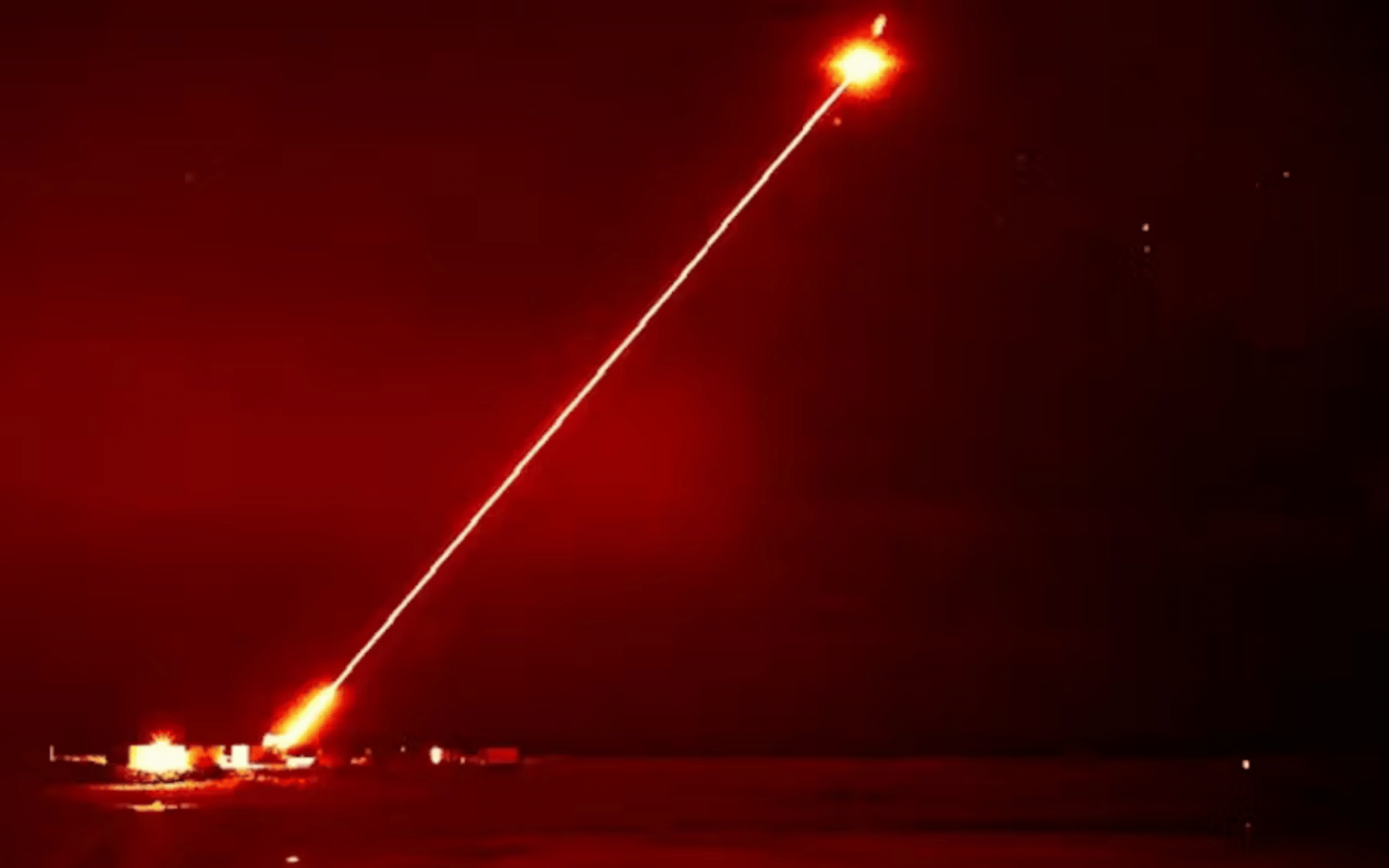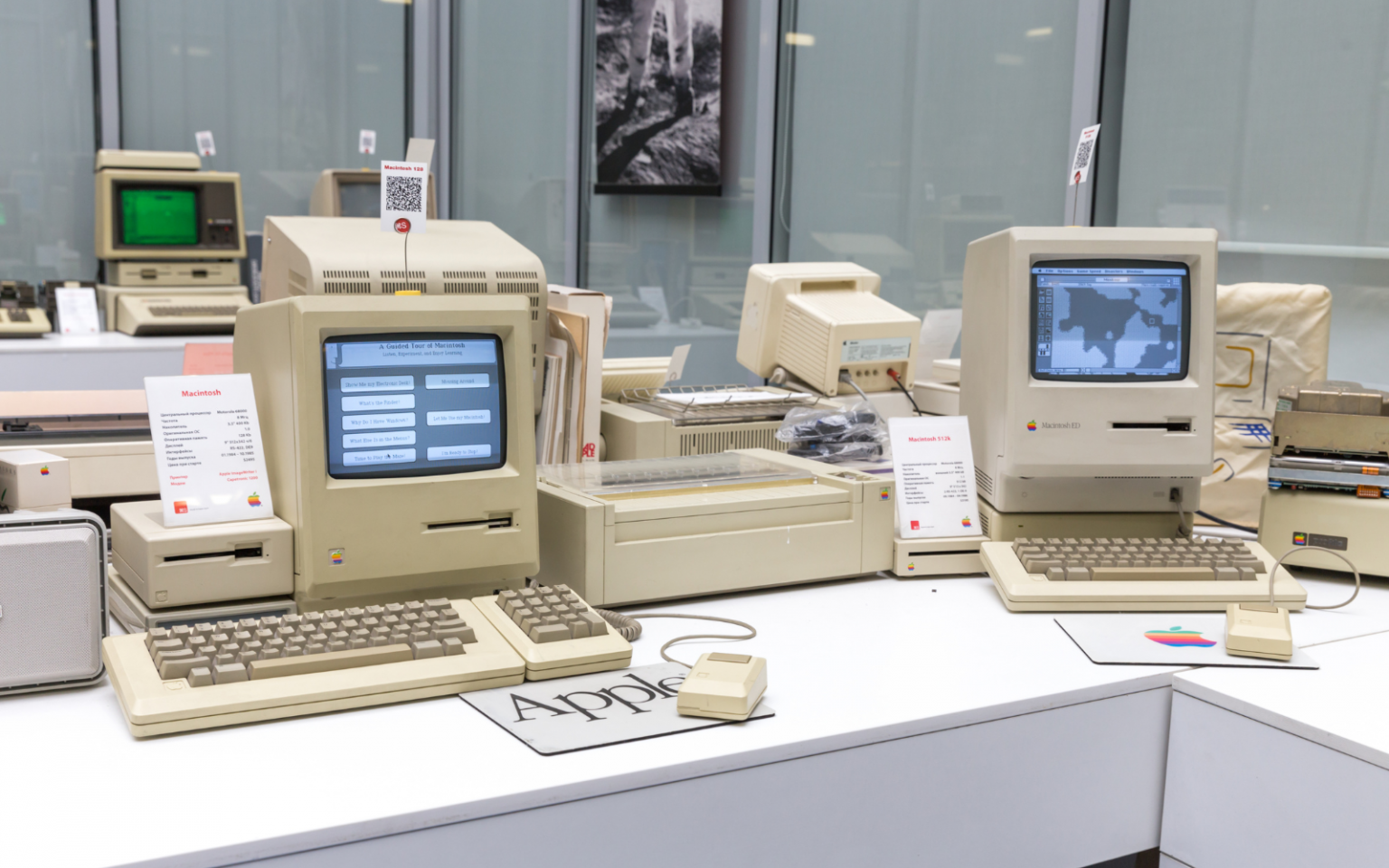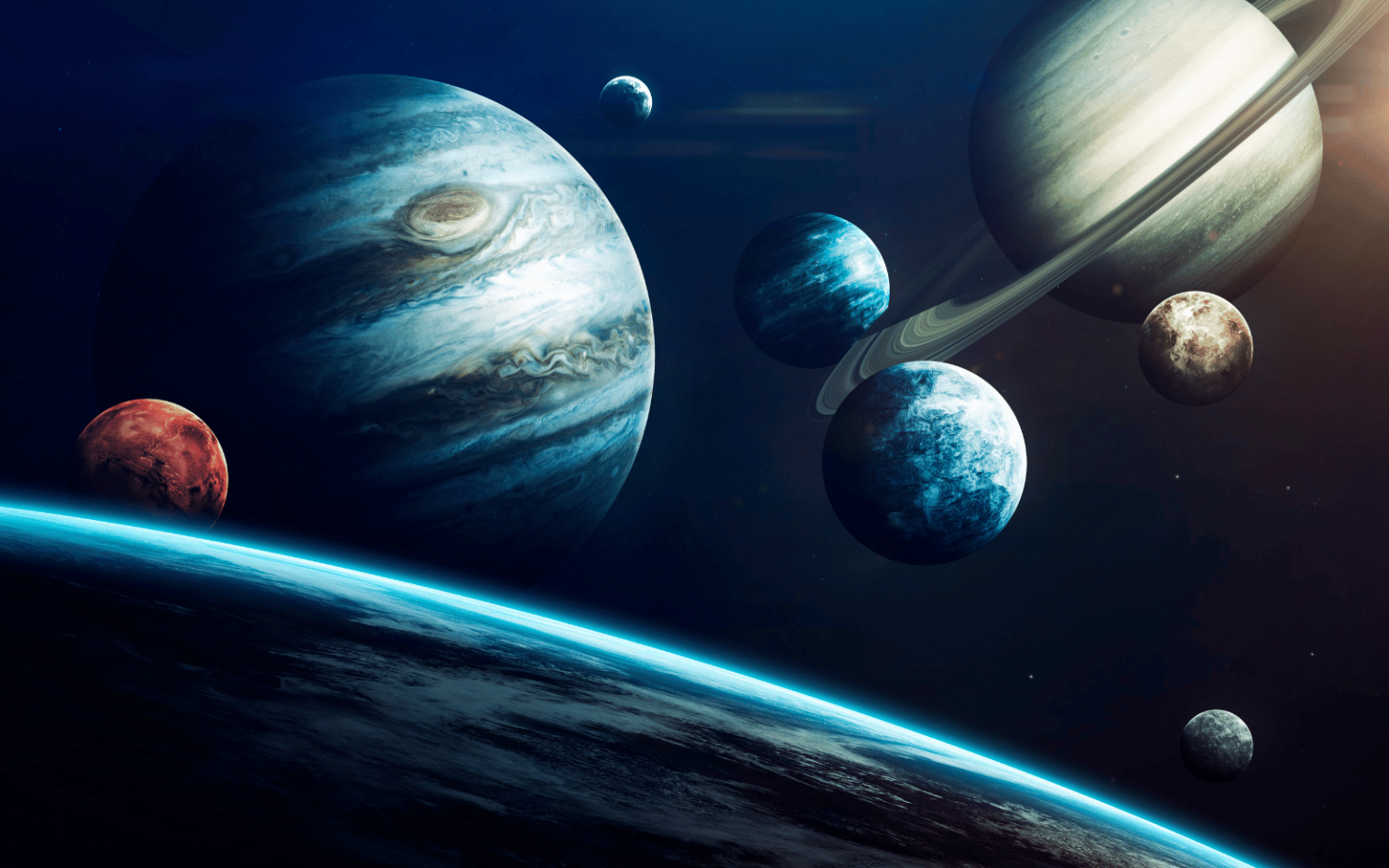Using digital platforms is increasingly the only option to manage our daily lives, from filling out forms at the doctor’s office or government offices to ordering food, booking a cab, paying taxes, banking, shopping or dating. Often, people are coerced into using apps or online platforms by the absence of any other options. Our social lives are equally entrenched in social media platforms. While the availability of services and opportunities on digital platforms may offer easier access or create an impression of wider connections, it also potentially harms our wellbeing. The adverse impacts of digital use have grown since the pandemic, as social isolation has…
Author: The Conversation
Apple Vision Pro is a mixed-reality headset – which the company hopes is a “revolutionary spatial computer that transforms how people work, collaborate, connect, relive memories, and enjoy entertainment” – that begins shipping to the public (in the United States) later this week. Critics have doubted the appeal of the face-worn computer, which “seamlessly blends digital content with the physical world”, but Apple has pre-sold as many as 180,000 of the US$3,500 gizmos. What does Apple think people will do with these pricey peripherals? While uses will evolve, Apple is focusing attention on watching TV and movies, editing and reliving “memories”, and – perhaps most…
Perfect safety is no more possible online than it is when driving on a crowded road with strangers or walking alone through a city at night. Like roads and cities, the internet’s dangers arise from choices society has made. To enjoy the freedom of cars comes with the risk of accidents; to have the pleasures of a city full of unexpected encounters means some of those encounters can harm you. To have an open internet means people can always find ways to hurt each other. But some highways and cities are safer than others. Together, people can make their online…
Artificial Intelligence (AI) is transforming the human resource management (HRM) industry faster than we notice. Sixty-five percent of organisations are already using AI-enabled tools in the hiring process, but only a third of job candidates are aware of the practice. Pros and cons of AI in recruitment In recruitment, AI-enabled tools have the ability to collect large amounts of organisational data to search, identify, evaluate, rank, and select job candidates. They can assemble information on hiring needs across teams, generate advertisements with model candidate traits, and highlight potential candidates from a range of digital platforms. AI-enabled tools have long promised efficiency in the processing…
Artificial intelligence (AI) will have serious societal impact globally. So it is more urgent than ever that state leaders cooperate to regulate the technology. There have been various calls already: the Bletchley Declaration at a recent UK summit and the 11 AI principles and code of conduct agreed on by G7 leaders, for example. But these largely state the obvious. The real question is not whether international cooperation on AI is needed, but how can it be realised? The most obvious way to secure this in a way that maximises the benefits of AI, and puts in “guardrails” – controls – to manage…
Bewilderingly rapid changes are happening in the technology and reach of computer systems. There are exciting advances in artificial intelligence, in the masses of tiny interconnected devices we call the “Internet of Things” and in wireless connectivity. Unfortunately, these improvements bring potential dangers as well as benefits. To get a safe future we need to anticipate what might happen in computing and address it early. So, what do experts think will happen, and what might we do to prevent major problems? To answer that question, Our research team from universities in Lancaster and Manchester turned to the science of looking into the…
On December 27, 2023, the New York Times (NYT) filed a lawsuit in the Federal District Court in Manhattan against Microsoft and OpenAI, the creator of ChatGPT, alleging that OpenAI had unlawfully used its articles to create artificial intelligence (AI) products. Citing copyright infringement and the importance of independent journalism to democracy, the newspaper further alleged that even though the defendant, OpenAI, may have “engaged in wide scale copying from many sources, they gave Times content particular emphasis” in training generative artificial intelligence (GenAI) tools such as Generative Pre-Trained Transformers (GPT). This is the kind of technology that underlies products such as the AI chatbot ChatGPT.…
A single burst of light is precisely aimed at a tiny drone flying at breakneck speed far in the distance. Instants later, the deactivated drone crashes into the sea. Not a sound made, no human casualties, no messy explosions. A lethal, multimillion-dollar drone cleanly taken out by a shot that cost less than a good bottle of wine. If you think this is a scene from a sci-fi movie, think again. Only a few days ago, a team of UK scientists and engineers successfully demonstrated that this is viable technology that could find its way on to the battlefield in the next…
Technology innovation requires solving hard technical problems, right? Well, yes. And no. As the Apple Macintosh turns 40, what began as Apple prioritizing the squishy concept of “user experience” in its 1984 flagship product is, today, clearly vindicated by its blockbuster products since. It turns out that designing for usability, efficiency, accessibility, elegance and delight pays off. Apple’s market capitalization is now over US$2.8 trillion, and its brand is every bit associated with the term “design” as the best New York or Milan fashion houses are. Apple turned technology into fashion, and it did it through user experience. It began…
Some of us remember August 24 2006 like it was yesterday. It was the day Pluto got booted from the exclusive “planets club”. I (Sara) was 11 years old, and my entire class began lunch break by passionately chanting “Pluto is a planet” in protest of the information we’d just received. It was a touching display. At the time, 11-year-old me was outraged – even somewhat inconsolable. Now, a much older me wholeheartedly accepts: Pluto is not a planet. Similar to Sara, I (Rebecca) vividly remember Pluto’s re-designation to dwarf status. For me, it wasn’t so much that the celestial…










